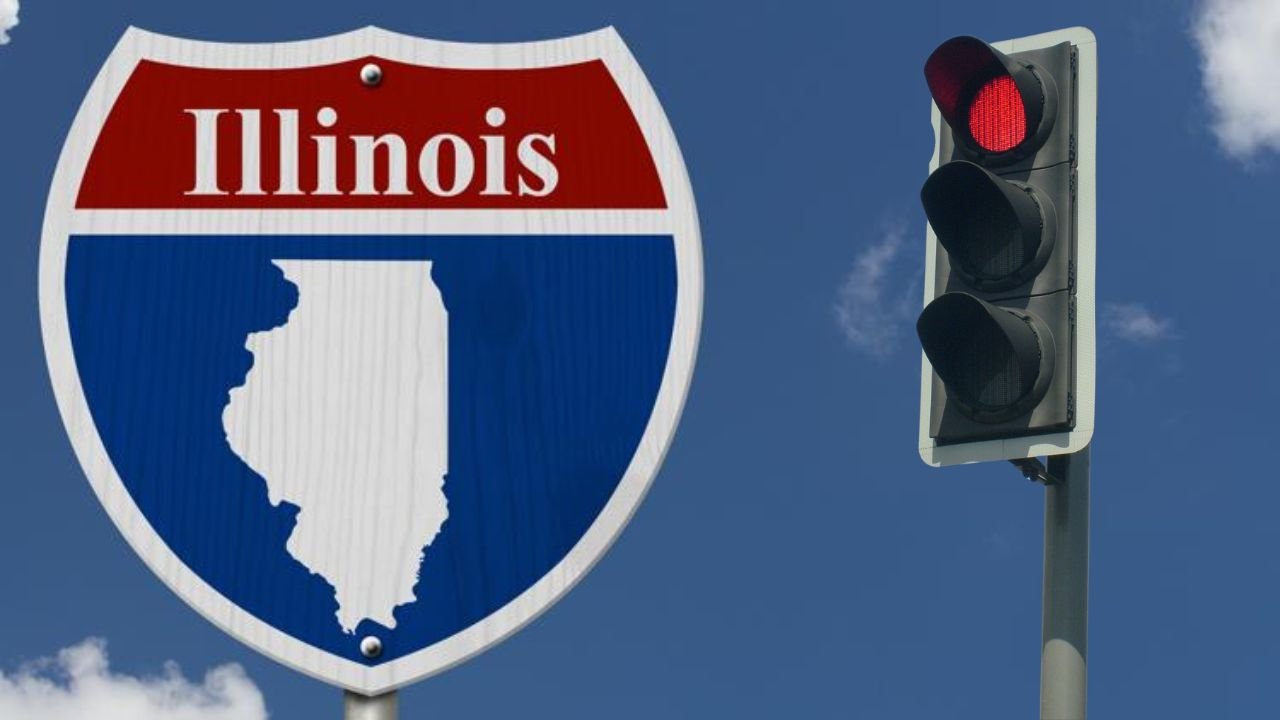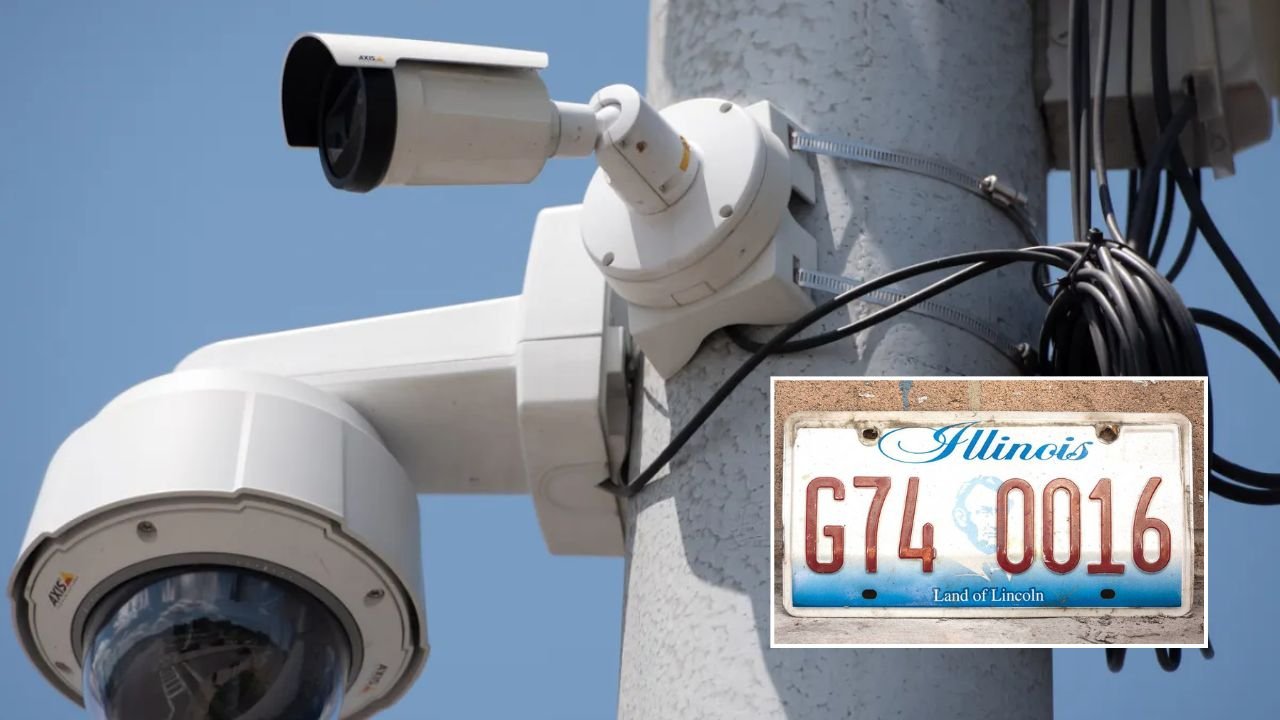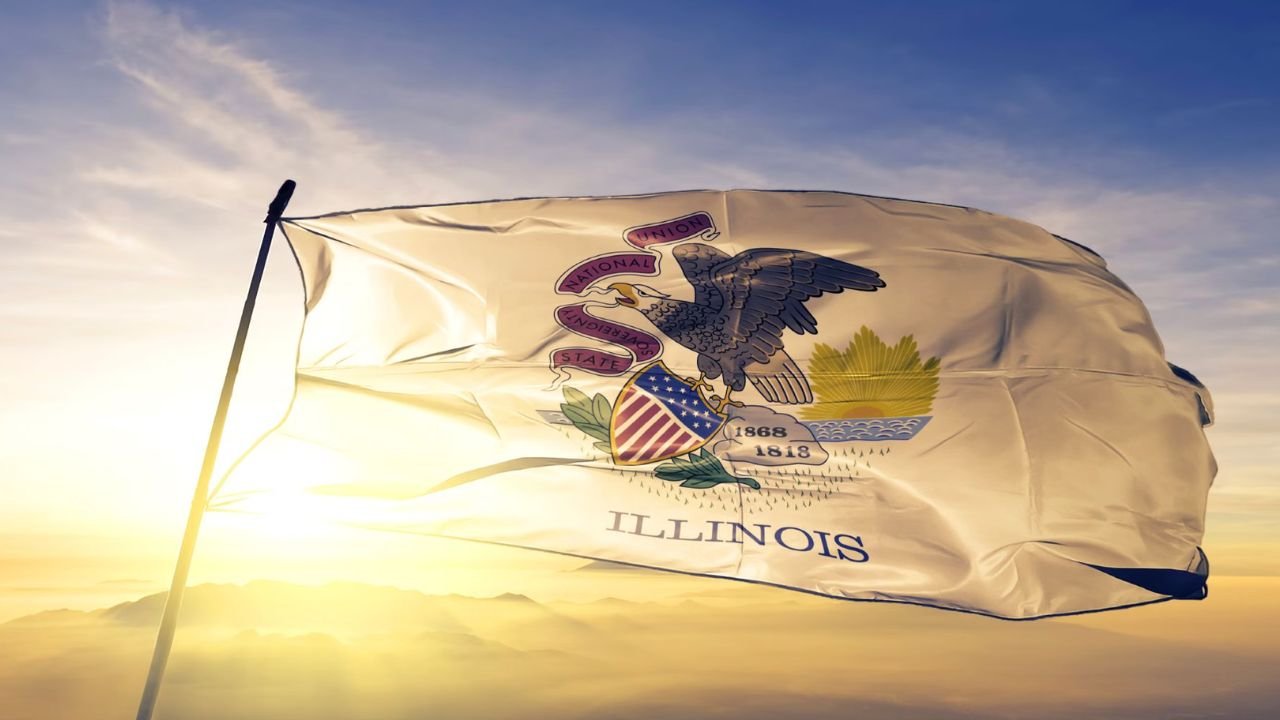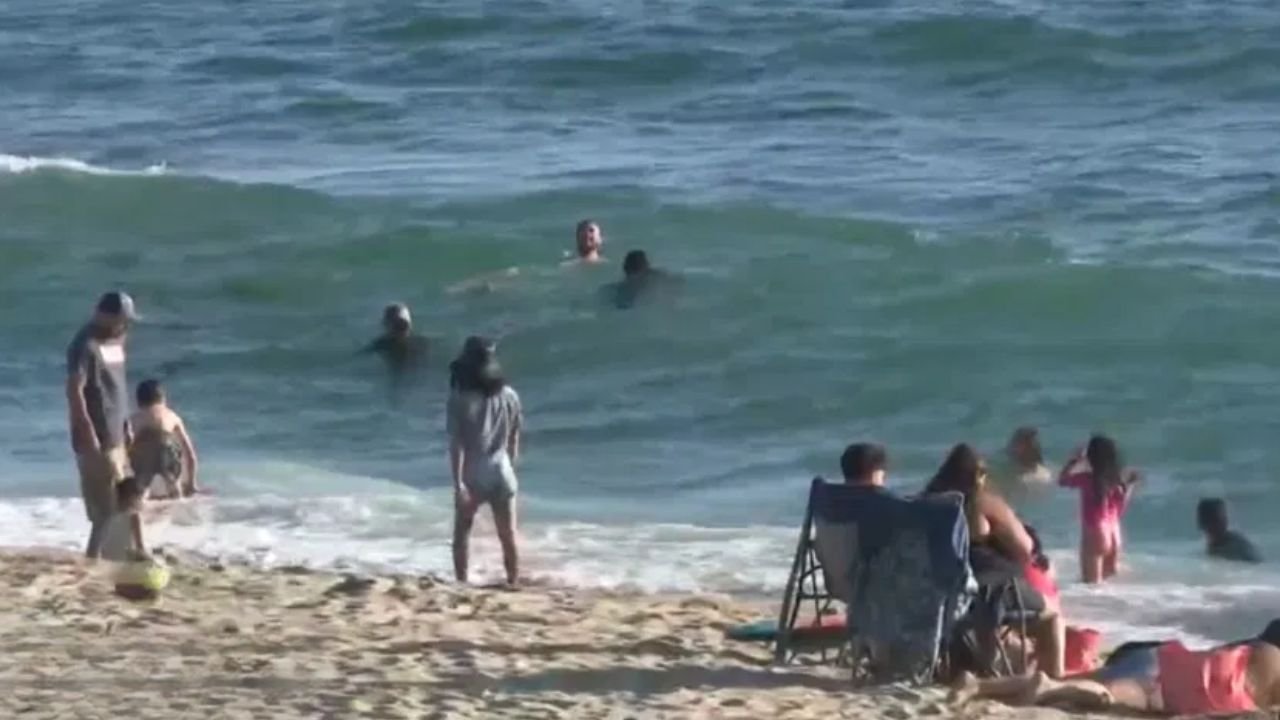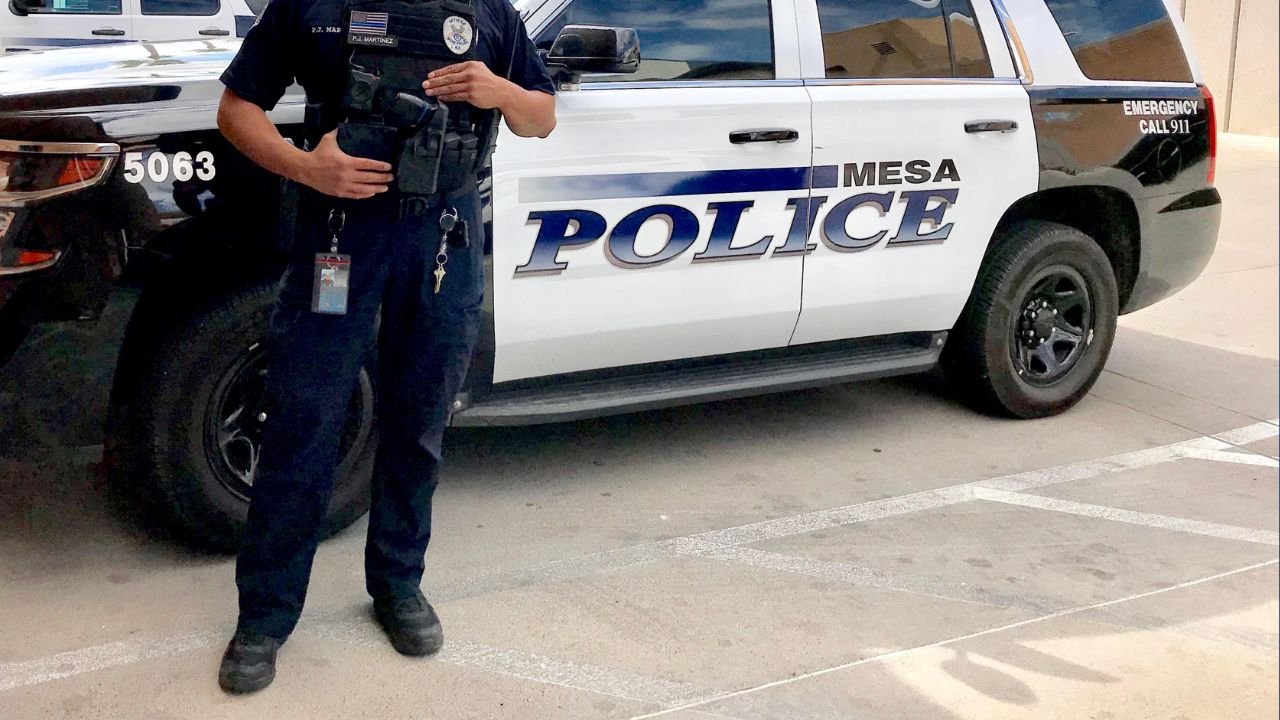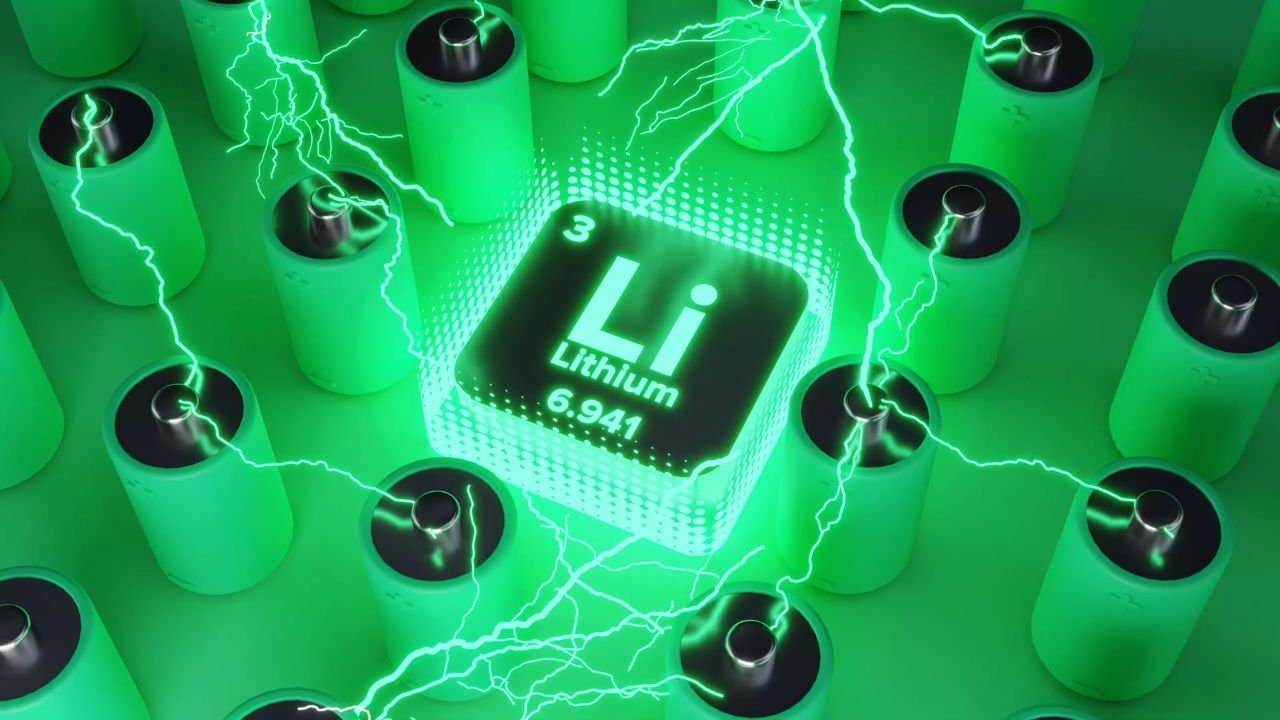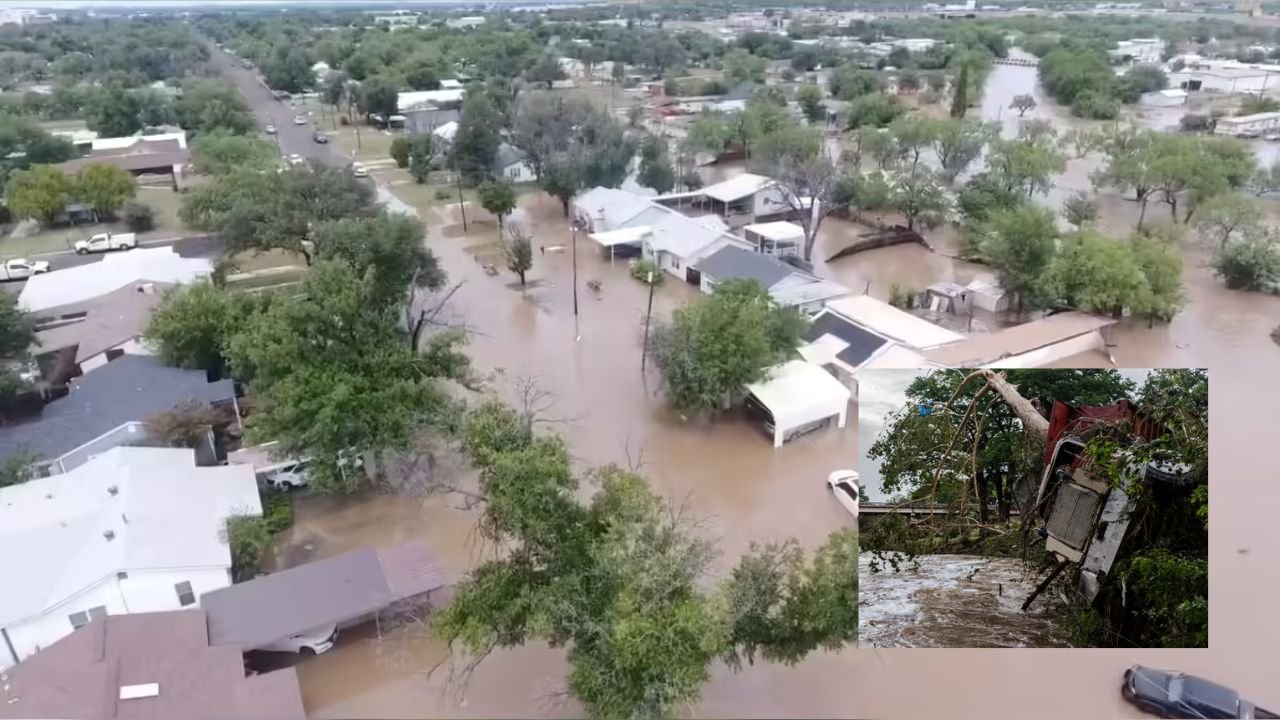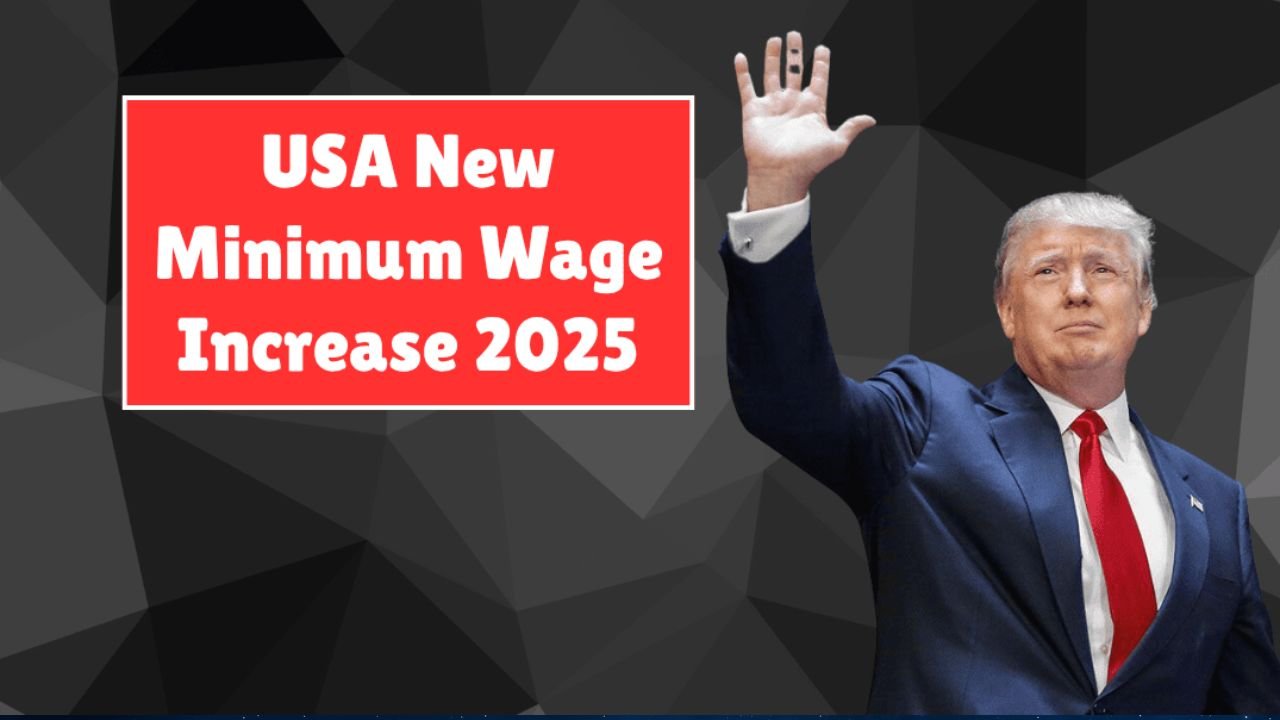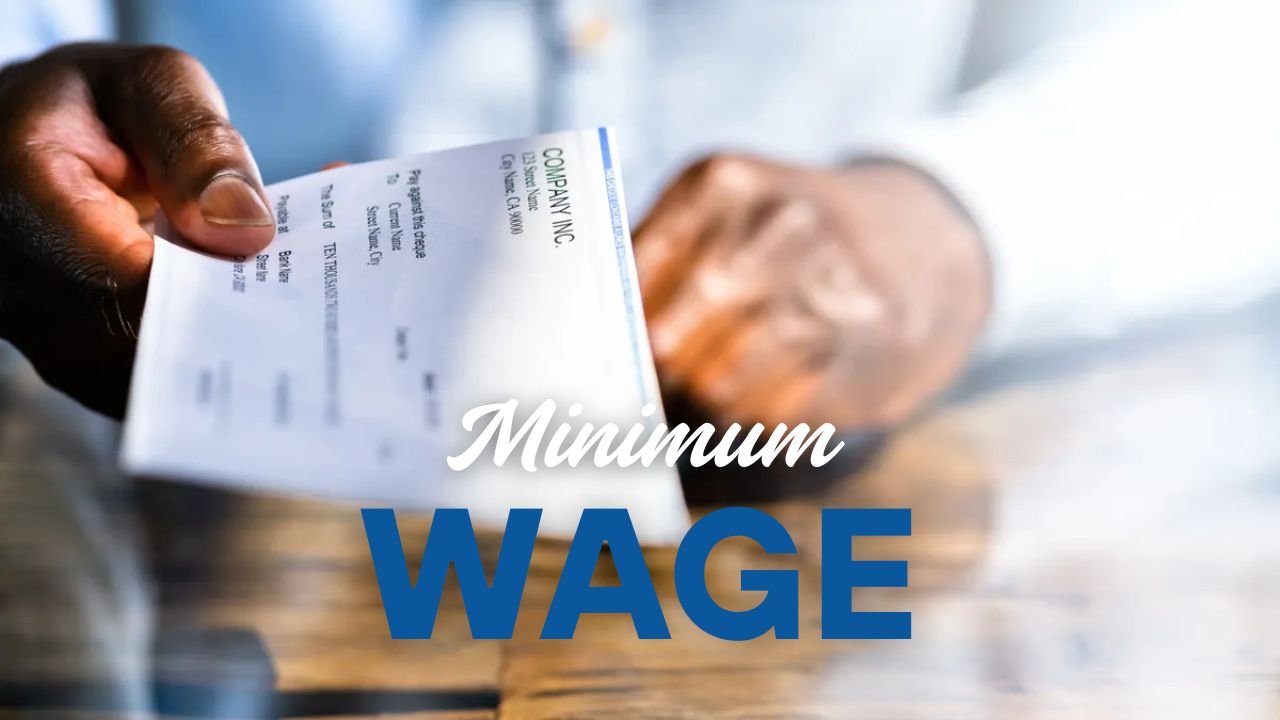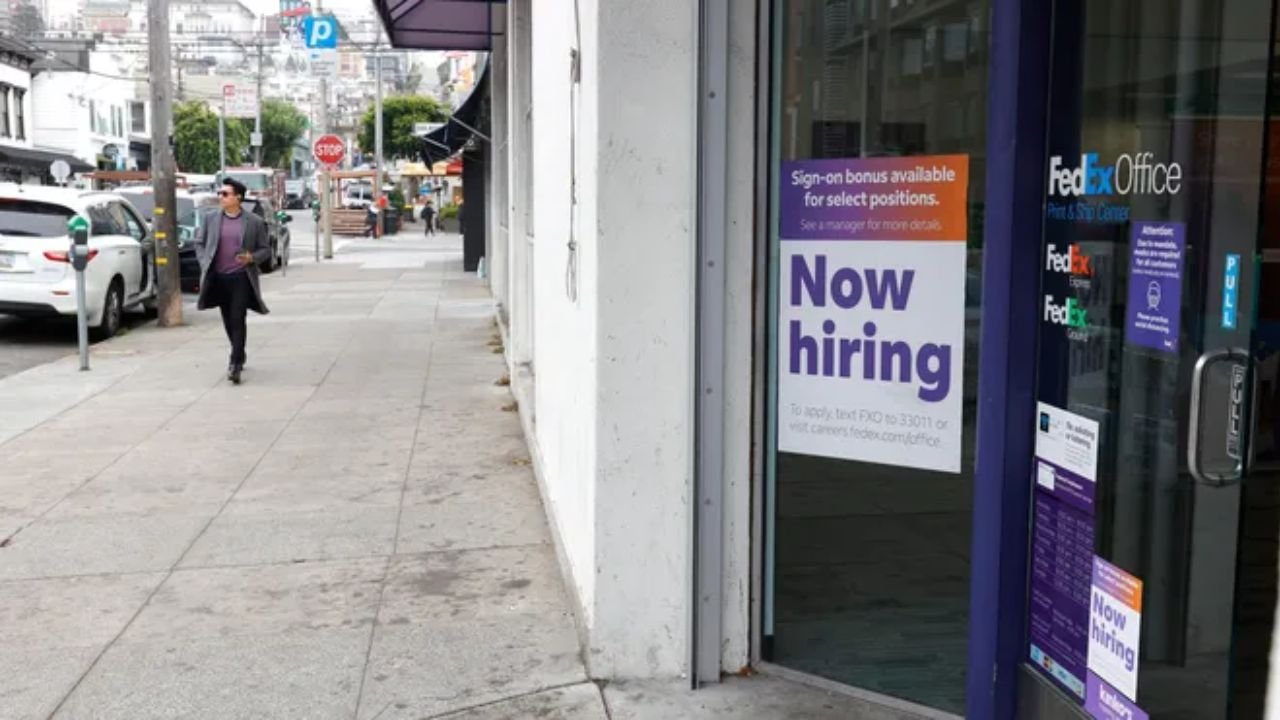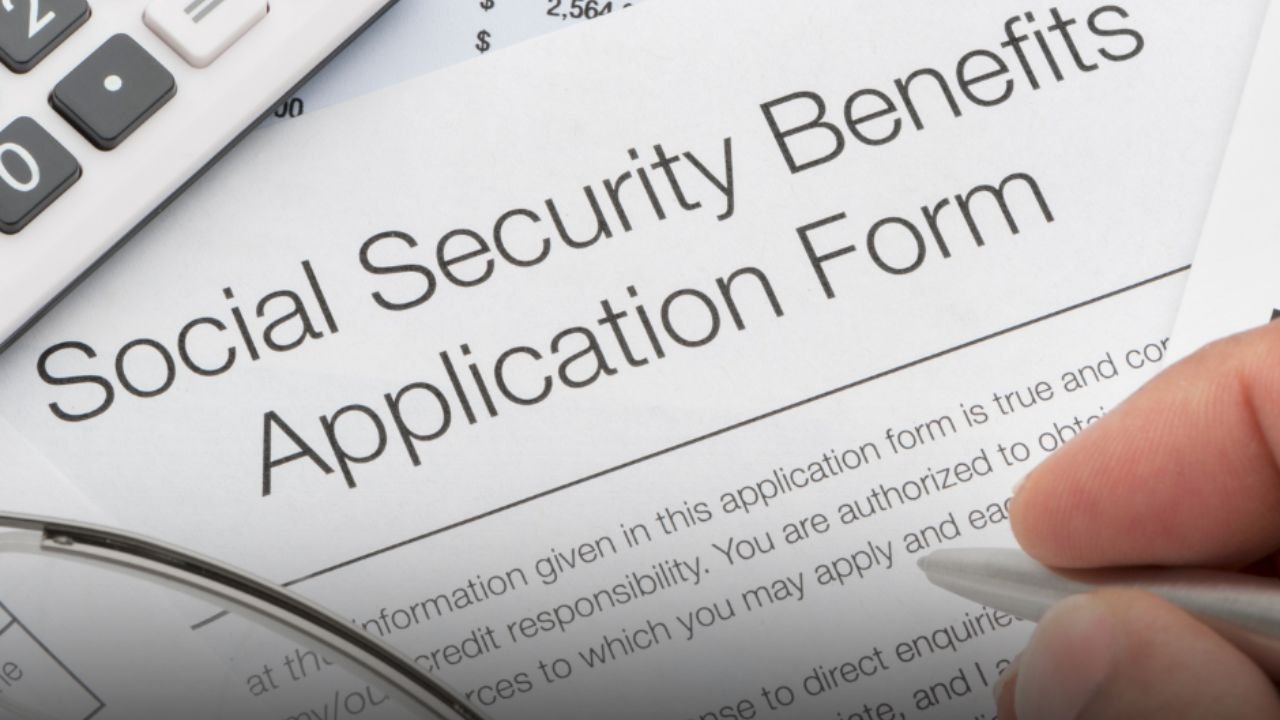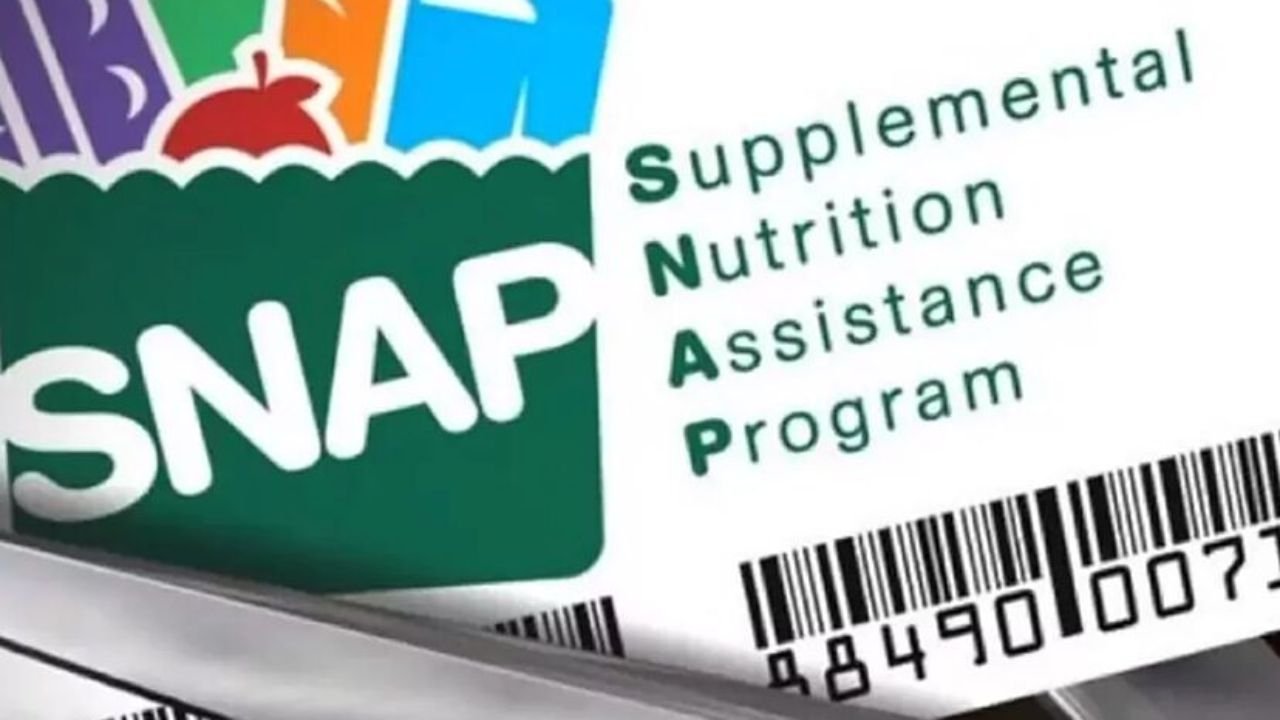ILLINOIS — Drivers across the state are being reminded of a basic—but often overlooked—traffic law: the Right-Hand Rule. Illinois law now expressly enforces this rule at uncontrolled intersections, where no signs or signals dictate the flow. Expect to see more public service reminders and traffic citations in 2025 as law enforcement agencies emphasize compliance.
What the Right-Hand Rule Means
According to the Illinois Vehicle Code, when two vehicles approach an intersection simultaneously and there are no traffic controls, the vehicle on the left must yield to the one on the right.
The official Rules of the Road handbook further explains:
“When two vehicles on different roadways reach an uncontrolled intersection at the same time, the vehicle on the left should yield to the vehicle on the right.”
This long-standing rule is a default for intersections without signage, but many drivers—especially in urban areas—aren’t aware of it.
Why It’s Being Emphasized in 2025
A 2024 audit by the Illinois Department of Transportation (IDOT) found a spike in crashes at intersections with no posted signs. Law enforcement agencies in counties like Winnebago and Peoria have started issuing educational warnings and citations to address the issue.
Several agencies confirmed that local traffic enforcement campaigns began rolling out earlier this year to reintroduce this rule to the public. This effort includes public signage, news alerts, and active patrols in areas where drivers are most likely to overlook right-of-way laws.
Where This Rule Applies
This rule is now being more actively enforced in:
-
Uncontrolled intersections without stop, yield, or traffic lights
-
Suburban neighborhoods and rural towns
-
Private roads, gated communities, and parking lots
-
Locations where city planners rely on the state’s default rules rather than new signage
In towns like Wilmette, an intersection safety study revealed that most uncontrolled intersections would qualify for additional signage, yet enforcement remains the primary deterrent.
What Happens If You Break the Rule
Failing to yield to the right can result in:
-
$75–$120 citations, depending on your jurisdiction
-
Points on your license, which can increase insurance rates
-
Liability in crashes, even without signage present
Legal experts note that drivers involved in crashes where the right-hand rule was violated can be held fully responsible under Illinois civil liability laws.
How to Stay Compliant
Here’s a quick refresher:
-
If you approach an intersection without signs, look to your right.
-
If another vehicle is arriving at the same time from that direction, you must yield.
-
If you’re on the right, you have the right of way.
-
In doubt? Yield — it’s safer and still legal.
This guidance also applies to private properties, such as mall parking lots, where signage is often missing but accidents still happen.
Have You Seen Confusion at an Uncontrolled Intersection?
Have you had a close call or seen others nearly crash due to this rule? Should Illinois add more signs or improve driver education? Share your thoughts in the comments on ChicagoSuburbanFamily.com and tell us how this affects your area.

